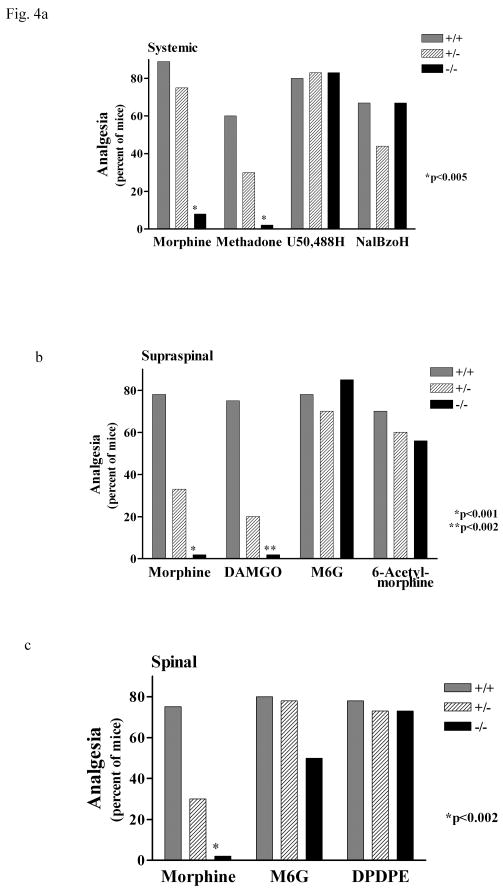Figure 5. Opioid Analgesia in a MOR-1 Exon-1 Knockout Mouse34.
Analgesic action of opioids in wild-type, heterozygous or homozygous mice. (a) Groups of mice (n = 8) received subcutaneous injections of 13 mg/kg morphine, 2 mg/kg methadone, 5 mg/kg of the κ1 drug U50,488H, or 60 mg/kg of the κ3 drug NalBzoH (naloxone benzoylhydrazone), and were tested for analgesia 30 minutes later. (b) Groups of mice (n = 9) received intracerebroventricular injections of 0.7 μg morphine, 6 ng of the μ peptide DAMGO (([D-Ala2,MePhe4,Gly(ol)5]-enkephalin), 12.5 ng M6G (morphine-6β-glucuronide) or 1.2 μg 6-acetylmorphine, and were tested for analgesia 15 minutes later. (c) Groups of mice (n = 8) received intrathecal injections of 0.8 μg morphine, 12.5 ng M6G or 500 ng of the δ peptide DPDPE ([D-Pen2,D-Pen5]enkephalin) and were tested for analgesia 15 minutes later. Analgesia is expressed as the percentage of mice responding.[Permission needed.]

